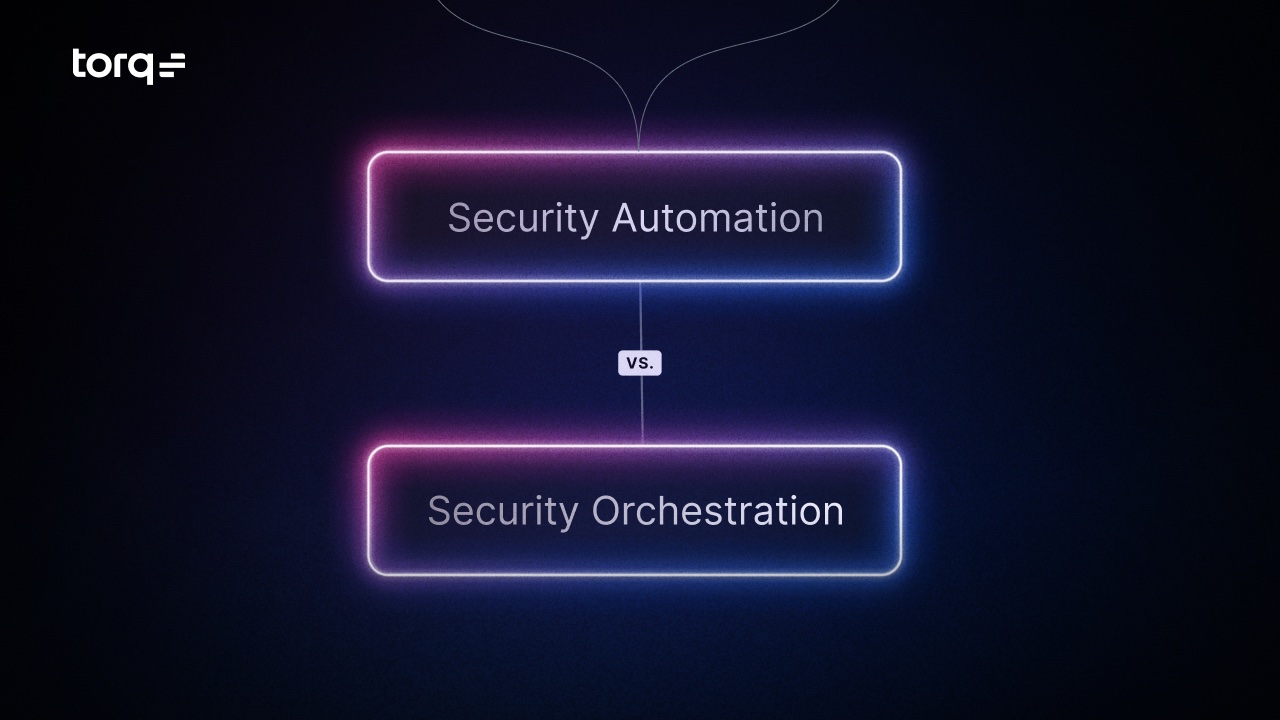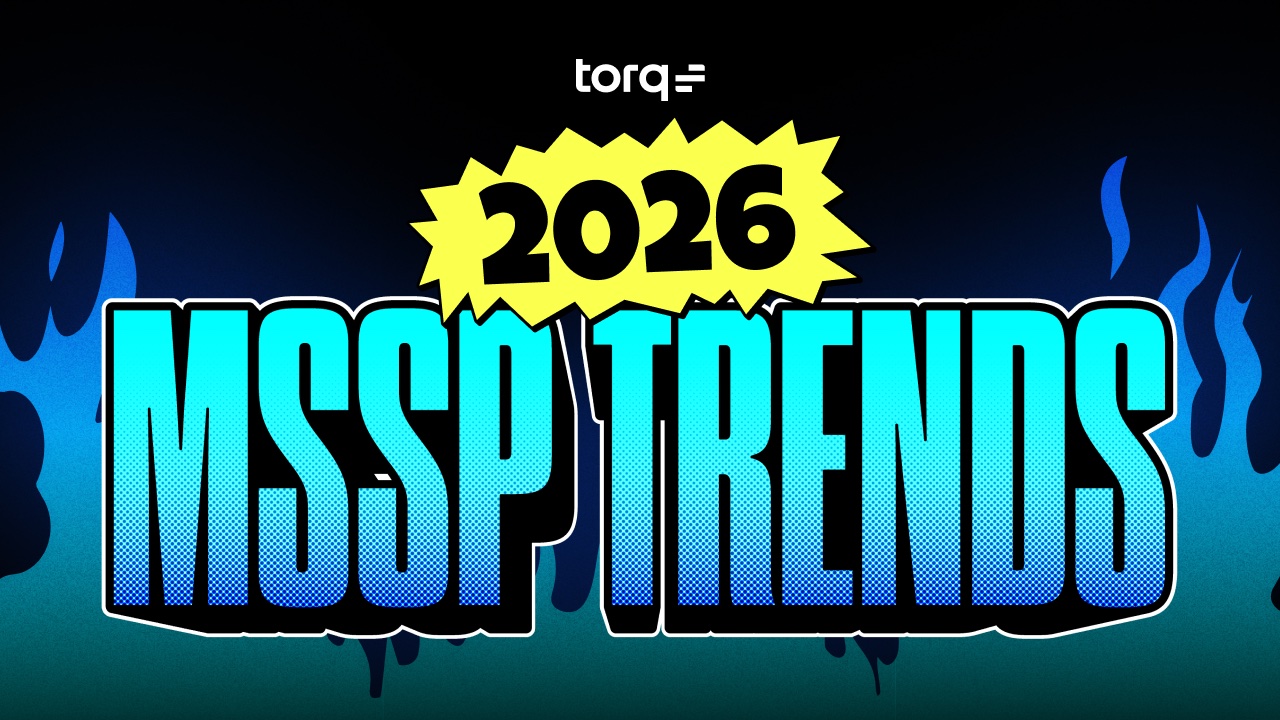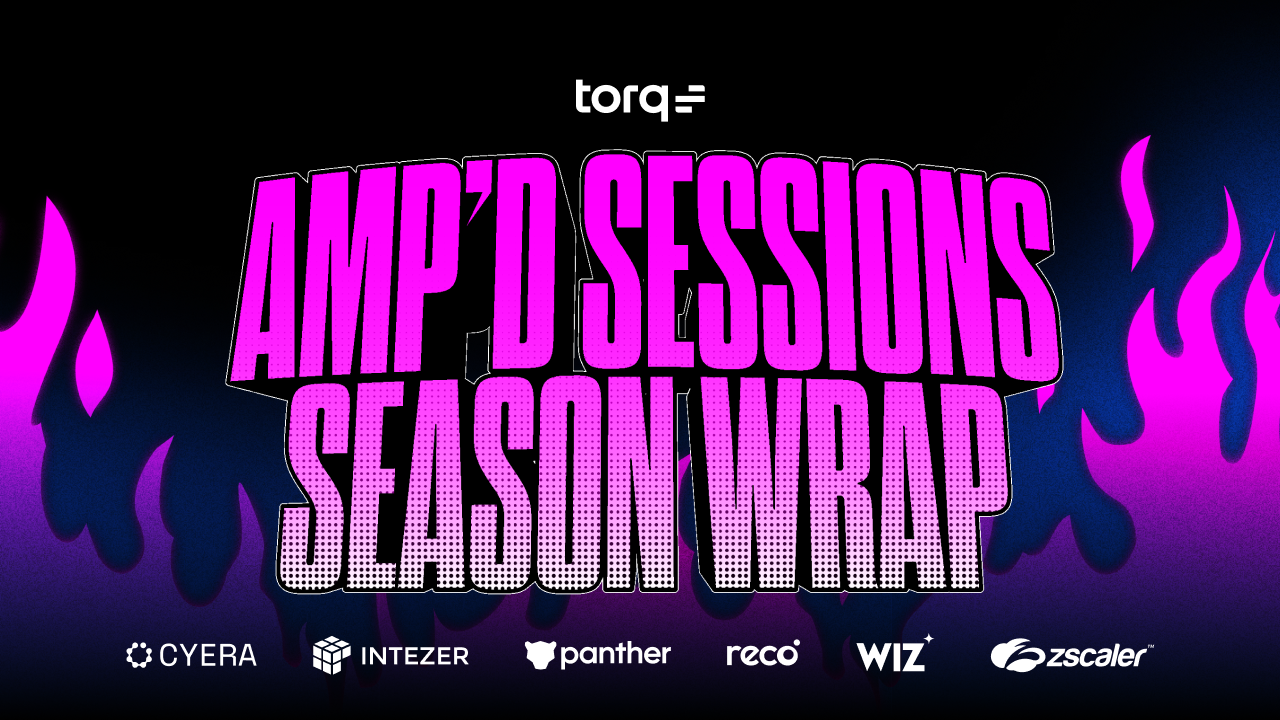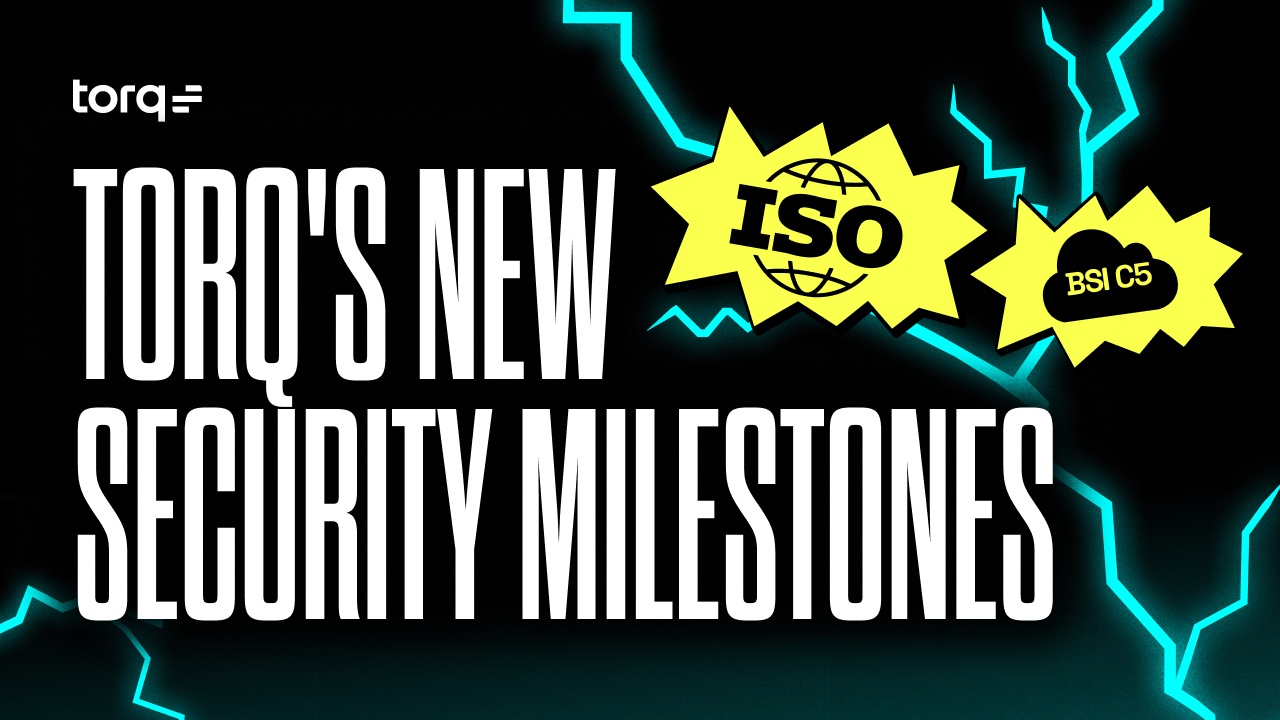It’s 2024, and we’ve got to stop using “automation” and “orchestration” synonymously.
Security automation eliminates manual effort by automatically executing tasks at machine speed. Secrity orchestration streamlines processes by connecting disparate tools and coordinating multiple automated workflows.
But not all automation is created equal. Traditional security automation has limitations. Enter AI-driven Hyperautomation, which takes security operations beyond scripted workflows into a truly autonomous, self-sustaining security model.
Here’s why that matters and why legacy SOAR’s approach to security orchestration is no longer effective.
What is Security Automation?
Security automation leverages AI and automated workflows to efficiently handle cybersecurity tasks at machine speed, eliminating the need for human intervention and reducing time-consuming manual processes. This enables faster threat detection, analysis, and response. Instead of waiting on your already bogged-down analysts to triage and investigate alerts, automation executes predefined actions instantly, ensuring faster, more accurate response.
What was once a luxury for Fortune 500s is now non-negotiable for any security team facing overwhelming alert volumes, talent shortages, and non-stop cyberattacks.
In a modern SOC, automation can handle most of Tier-1 work and repetitive, time-consuming tasks for security teams. . The use cases are endless, ranging from threat detection and response, GRC workflows like compliance, and deploying patches, to blocking domains and encrypting data.
The benefits speak for themselves. Cybersecurity automation accelerates response times, filters out false positives, and provides the context analysts need to take decisive action. It doesn’t take breaks, it doesn’t get overwhelmed, and it operates at machine speed 24/7 to stop threats before damage is done.
What is Security Hyperautomation?
At Torq, we call this AI-driven Hyperautomation. Torq Hyperautomation™ is security automation that goes beyond simple playbooks and rigid rule sets.
Unlike traditional security automation, which focuses on predefined rule-based responses, Torq Hyperautomation dynamically connects disparate tools, enriches alerts with real-time intelligence, and autonomously executes remediation — all without manual intervention. It integrates AI and large language models (LLMs) to correlate signals across multiple sources, filter false positives, and instantly prioritize real threats.
So, what makes Torq Hyperautomation different?
- Intelligent case automation and rrioritization: Comprehensive case management that reduces the analyst’s workflow through automation and enhanced response times.
- Autonomous remediation: No waiting for analysts to act. Hyperautomation automatically isolates compromised endpoints, blocks malicious domains, and disables compromised accounts in seconds.
- Full stack integration: Legacy SOAR is notorious for missing critical integrations, causing silos. Torq Hyperautomation connects to every tool in your stack.
- No-code automation: No engineers, no problem. Hyperautomation lets SOC teams automate complex processes using natural language, making security automation accessible to everyone, not just developers.
Where security automation removes friction, Hyperautomation eliminates inefficiencies entirely — allowing organizations to move from reactive to proactive, self-sustaining security operations. With agentic AI-powered automation, security teams can investigate, escalate, and remediate threats autonomously, closing security gaps faster than ever. AI-powered Hyperautomation doesn’t just improve security workflows but redefines modern SOCs’ operations.
“Employing AI to augment human security analysts acts as a force multiplier that helps security teams be more productive. This approach not only improves response times, but also ensures that human ingenuity is applied where it is most needed, effectively expanding the capabilities of existing security teams.”
Forbes
What is Security Orchestration?
Security orchestration is the automated management and coordination of multiple security workflows, often spanning multiple tools within an organization’s security infrastructure.
Orchestration ensures that interdependent automated tasks within the security ecosystem proceed smoothly, with data shared effectively and subsequent actions triggered correctly across different tools. Orchestration is crucial for managing complex security operations where automated processes rely on each other for completion and data exchange.
Why is SOAR is Dead?
Security Orchestration and Response (SOAR) platforms were supposed to be the missing link between security tools to streamline workflows, and reduce manual efforts. Instead, they became bottlenecks and money pits.
SOAR platforms promised to unify security operations. They failed. Why?
- Playbooks required constant maintenance
- They were slow, rigid, and lacked adaptability
- They demanded skilled engineers to build and manage workflows
- They relied on manual tuning
Security teams don’t need another tool that creates more work — they need one that eliminates it. That’s why Security Hyperautomation is the next evolution. AI-driven, no code, and fully autonomous.
Ready to pull the plug on your SOAR? We can help >
Why Hyperautomation Replaces SOAR-Based Security Orchestration
Security orchestration as a concept isn’t dead — it’s evolving. Torq still orchestrates workflows, but not the way legacy SOAR did. Here’s the main differences:
- Legacy SOAR playbooks require maintenance. Hyperautomation learns and adapts in real time.
- Legacy SOAR is static. Hyperautomation makes security processes dynamic, optimizing and adjusting to new attack patterns.
- Legacy SOAR requires engineers. Hyperautomation is no-code and accessible to any SOC analyst.
- Legacy SOAR operates in silos. Hyperautomation connects seamlessly across your entire environment.
The clunky, expensive orchestration of the SOAR era is over. But intelligent, adaptive orchestration powered by agentic AI is alive and thriving in the world’s most advanced SOCs.
Get the GigaOm SOAR Radar Report to learn why Torq has outranked legacy SOAR for two years running.







